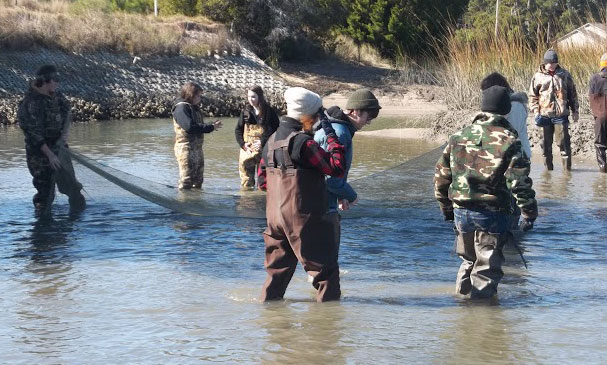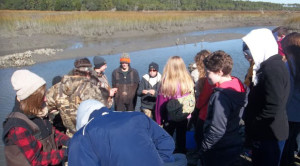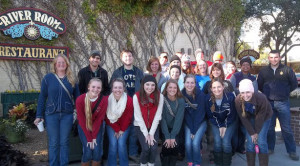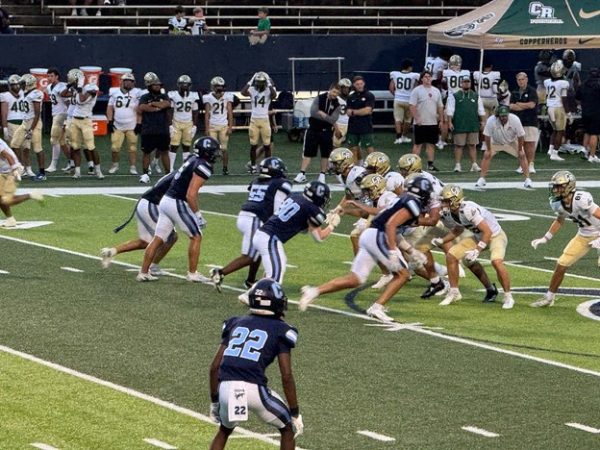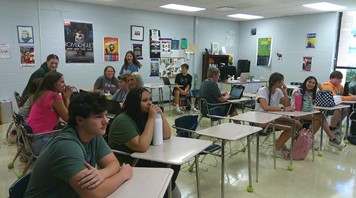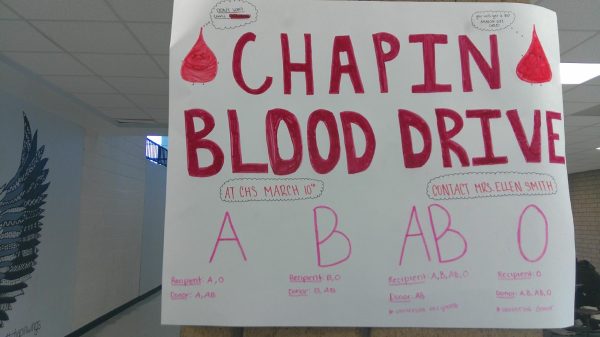STUDENTS HEAD TO S.C. COAST TO STUDY HABITATS, POLLUTION AND ENDANGERED SPECIES
The AP Chemistry, Biology, and Environmental Science classes traveled to Georgetown and Charleston Counties with Dr. Lisa Ruth to study coastal habitats, pollution issues, and endangered species. They visited the USC Baruch Marine Field Lab (NOAA) where students learned about the importance of estuaries to almost all saltwater species and watershed management. The students braved the elements, put on waders and seined a creek to identify native saltwater creek species. They also visited the water quality lab there where year-round monitoring takes place.
Next, they crossed over to the Clemson Coastal forestry and Ecology Lab, on the same property. Students learned about the endangered longleaf pine ecosystem and the highly endangered Red-cockaded Woodpecker. Students tried out different sampling techniques used by foresters to classify forests. From there they met with Michael Corley, a lawyer with the SC Environmental Law Project. We visited the site of an active case and he gave details on another.
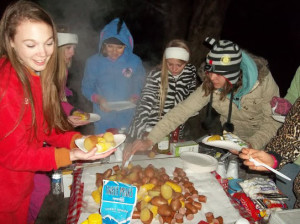 Students also camped at Huntington Beach State Park and had a huge low country boil, campfire hot dogs, and s’mores.
Students also camped at Huntington Beach State Park and had a huge low country boil, campfire hot dogs, and s’mores.
On Thursday, they traveled to Santee Coastal Reserve where they learned about its historical and scientific significance. The Santee Delta is the largest delta on the east coast, and the Santee Coastal Reserve, with its many impoundments, is probably THE one most important location on the East coast for migratory waterfowl. The biodiversity of this location is a result of the management activities.
The group completed the trip by dining in the River Room and then heading home. This is another example of Chapin High students participating in experiences that impact both the learner and the global community.

